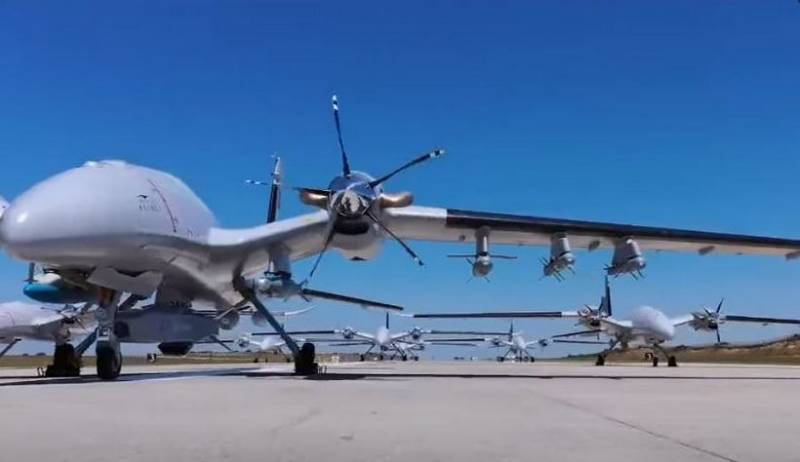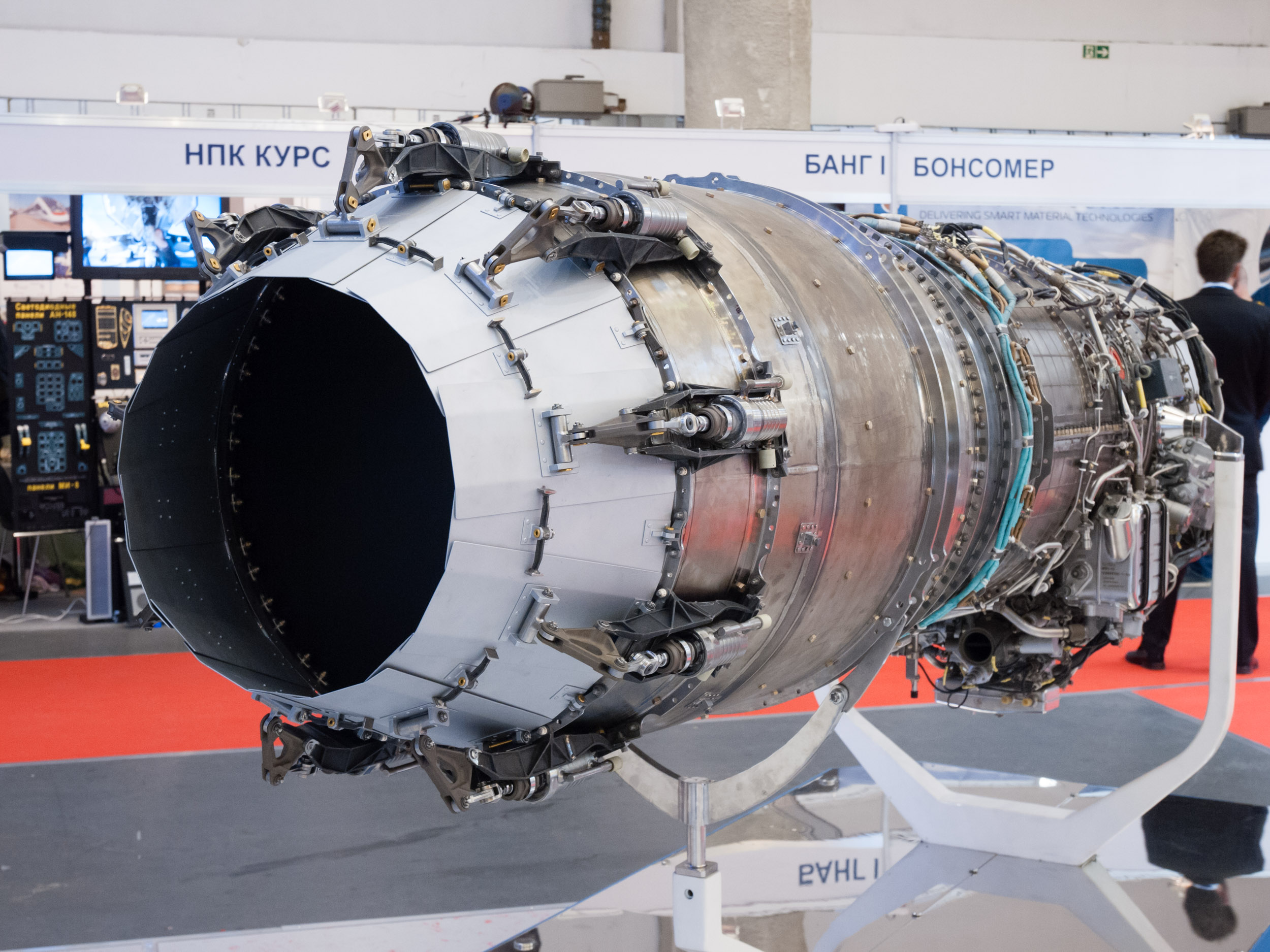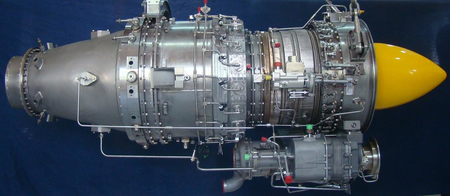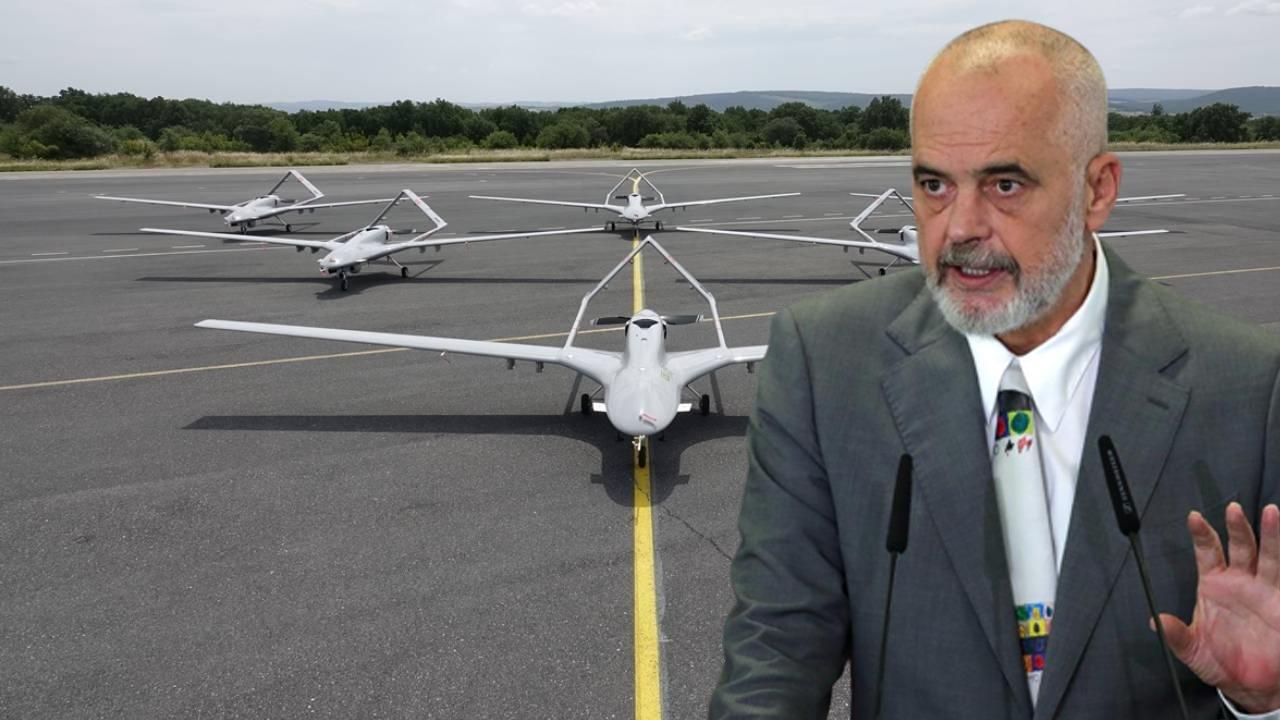Latest Thread
- Poland got approved to buy 360 Advanced Anti-Radiation Guided Missile-Extended Range (AARGM-ER)
- Ukraine Ukrainian mechanics have mastered the repair of US M777 howitzers.
- TECHINT Germany arrests 3 suspected China spies
- Mil Intelligence Military court convicts US sailor of attempted espionage
- UK Is there any British officer or British military personnel here that I can discuss with?
You are using an out of date browser. It may not display this or other websites correctly.
You should upgrade or use an alternative browser.
You should upgrade or use an alternative browser.
BalkanTurk90
Contributor
Radonsider
Contributor
Yeskuzgun ?
The black color of the leading edge of the wing suggest that it's AKINCI.

Also, looking very identical pylons with the photo you share(Mam-T).The black color of the leading edge of the wing suggest that it's AKINCI.

The units are wrong on the table, the masses like (lb and kg) should be on the numerator, and the thrusts (lbf, kgf) should be in denominator i.e lb / (lbf . h) and kg / (kgf . h)Here's a table with similar dry thrusts to TF6000.
There are 2.2 lbf for every kgf and also 2.2 lb (mass) for every kg (mass).1. The SFC value for AI-322F is given in metric terms. Since the numerator and denominator of both metric and imperial units are the same, I wasn't sure if I should convert the rate by multiplying 2.204. If that is the case, then the engine's SFC is 1.41 . That's an awfully inefficient engine. Even turbojets have lower SFC than that. It didn't make sense. So I left it as it is. But this doesn't make sense either. Because 0.64 is lower than TF6000's SFC of 0.7 . In the most recent interview of Mahmut Akşit, he said TF6000 is much more efficient than its Ukrainian counterparts. This confuses me. Can you shed some light onto this?
It all cancels out to be the same thing so SFC imperial and metric values are exactly interchangeable and doesn't matter which one you use.
2. Is the SFC number tightly correlated with the technology of the engine and not so much with the other factors like the engine's diameter, bypass ratio, service life, maintainability etc. ? I ask this because should we expect similar SFC's from our future, bigger engines(military)? Would it be false to draw parallels between TF6000 and TFX engine(assuming it's designed by TEI) in terms of SFC?
SFC is most directly correlated to bypass ratio (which is also correlated to engine diameter by way of needing larger fan as you grow it).
Bypass ratio is by far the largest factor in increasing thrust of a jet engine efficiently since you are "gearing" air to move in larger volume at slower speed rather than vice versa (i.e smaller volume at higher speeds ....which uses far more energy to do, but is only option to increase thrust when you have zero bypass like in a turbojet, which is why turbojets have higher SFCs in comparison generally).
However if you want the engine to go supersonic (and have some range of supersonic past just mach 1), the bypass ratio can only be increased to a point as the effective jet exit velocity has to also be that supersonic velocity (and fans cannot produce supersonic air, as it is detrimental to have their blade tip speeds operate past supersonic which is a longer conversation to get into).
This is exactly why the concorde used turbojets (with no bypass) for example....as there was little to no design expectation for the aircraft to perform in subsonic role and harness any efficiency from that range of speed where a fan would be useful.
Military turbofans that go supersonic also have to follow this constraint and are essentially fan augmented turbojets. There is more design expectation for such aircraft to perform in the subsonic realm (compared to say a concorde) so having/balancing as much as bypass as possible is a good advantage since you have more effective range/time that way.
But generally cannot go much above a bypass ratio of 1:1 if you want to have supersonic capability (you start to invest too much in the fan side of things and impose penalties on the core relative to the mission/design profile of the aircraft). i.e To better provide for supersonic capability at larger engine thrusts, simply the bypass ratio is often kept in 0.5 - 0.8 design range so as to not impose on having larger afterburner or having complex intake systems for the engine itself.
To answer your query at the end, this generally results in military turbofans (be it for trainer size or TF-X size) being bounded to SFC of 0.6 - 1.0 , and that will be where Turkey's future military turbofans (i.e those that intend to have supersonic capability) will also generally be....depending on their respective design profile balance.
Pushing below 0.6 (i.e growing the bypass ratio more) comes with consequences where the engine (given its resulting size and thrust) becomes more akin to one used for a supersonic bomber rather than a fighter etc when it comes to military use..... or for civilian use the first range of turbofans that can be used in business jets and generally smaller civil aircraft.
Pushing it even lower (than say 0.5, 0.4, 0.3 etc) needs drastically larger bypass ratios and you enter the realm of (fully subsonic) cargo aircraft and civilian aircraft.
Turbofan concept naturally orients (its growth by larger and larger bypass ratio and fan diameter) to subsonic use and using the larger thrust to simply propel larger aircraft (rather than using thrust to propel faster supersonic aircraft where you need to make the turbojet design/aspect better).
Turbojet concept naturally orients itself to supersonic use in comparison.... hence we have essentially a hybrid of the two concepts in (supersonic capable) military turbofans.
3. How heavy do you think TF6000 will be?
Maybe around 500 - 600 kg. It can increase to 700kg perhaps too depending what size of afterburner opted for.
Here the SFC is also given with metric units. It's less efficient than AI-322F but it's 210kg lighter. It's almost a whopping 40% lighter. How could that be? Now I'm even more confused
Likely the heavier one includes an afterburner in the dry mass.
Remember dry thrust and dry mass are different, once you include afterburner, you are stuck with it whether you use it or not.
@Nilgiri has given a very good and fairly detailed explanation to your questions. Thank you @Nilgiri for such an informative explanation.Thanks. For understanding a little bit better and somewhat benchmark TF6000 against its peers, I dug a little deeper.
Here's a table with similar dry thrusts to TF6000. They're all low-bypass engines. The SFC(Specific Fuel Consumption) values are for sea-level.
TF6000
Rolls-Royce Turbomeca Adour
AI-322FHoneywell/ITEC F124




Thrust: 6000 lbf 6000 lbf 5500 lbf 6280 lbf SFC: 0.7 lbf/(lbs.h) 0.81lbf/(lbs.h) 0.64 kgf/kg.h 0.78 lbf/(lbs.h) Bypass Ratio 1.04 0.75-0.8 1.19? 0.49 First Run Q1 2023(?) 1968 1998 1979 Dry Weight: 809 kg 560kg 521.6kg
The lower the SFC, the more efficient is the engine. First of all, there are not a lot of recently developed turbofan engines in the same class. Actually, none that I know of. If you know any low-bypass turbofan designed in this millenia, I'd be happy to add it to the table . So my questions are, if you will:
1. The SFC value for AI-322F is given in metric terms. Since the numerator and denominator of both metric and imperial units are the same, I wasn't sure if I should convert the rate by multiplying 2.204. If that is the case, then the engine's SFC is 1.41 . That's an awfully inefficient engine. Even turbojets have lower SFC than that. It didn't make sense. So I left it as it is. But this doesn't make sense either. Because 0.64 is lower than TF6000's SFC of 0.7 . In the most recent interview of Mahmut Akşit, he said TF6000 is much more efficient than its Ukrainian counterparts. This confuses me. Can you shed some light onto this?
2. Is the SFC number tightly correlated with the technology of the engine and not so much with the other factors like the engine's diameter, bypass ratio, service life, maintainability etc. ? I ask this because should we expect similar SFC's from our future, bigger engines(military)? Would it be false to draw parallels between TF6000 and TFX engine(assuming it's designed by TEI) in terms of SFC?
3. How heavy do you think TF6000 will be?
The questions are for anyone who thinks he has an answer for.
@Nilgiri @Yasar @fire starter @TechNamu
Unrelated Edit: How can I give the same width to columns in the table(my first time).
Edit 2: I forgot about Indian HAL HTFE-25 engine. It's still in development. But its latest figures are;
HTFE-25

Thrust: 5600lbf
SFC: 0.71 kg/kgf-hr
Bypass ratio: 0.5
First Run: 2015
Dry weight: 350 kilograms
Here the SFC is also given with metric units. It's less efficient than AI-322F but it's 210kg lighter. It's almost a whopping 40% lighter. How could that be? Now I'm even more confused
All I could say is that mathematically for a given thrust and engine the Thrust Specific Fuel Consumption is like a mathematical constant; whether it be in lb or in kg as it cancels each other out.
For your second question; It may not be entirely wrong to draw parallels between the prospective TEI engine for TFX and the TF6000 engine. In fact Professor Aksit had mentioned that the TF6000 would be the engine from which TFX engine will be derived from. They are getting ready to produce an engine that is suitable for a relatively stealthy KE and from that engine they intend to develop another engine for our stealthy TFX.
Albania is bound to start operating TB2 very soon.

 www.haber7.com
www.haber7.com
UAV exports map updated now.

Arnavutluk Başbakanı duyurdu: Bayraktar SİHA'lar yakında hizmete girecek
Haber 7 - Bayraktar SİHA, Avrupa'da bir ülkenin daha envanterine giriyor. Uydu anlaşmasına imza atan Arnavutluk Başbakanı Rama, Bayraktar SİHA'ların çok yakında hizmete gireceğini söyledi.
UAV exports map updated now.
The map is getting cluttered. I think you should make separate maps for different models of drones. Or better yet, make a single interactive map where users can toggle some buttons to see the desired models of drones. Just a suggestion.Albania is bound to start operating TB2 very soon.

Arnavutluk Başbakanı duyurdu: Bayraktar SİHA'lar yakında hizmete girecek
Haber 7 - Bayraktar SİHA, Avrupa'da bir ülkenin daha envanterine giriyor. Uydu anlaşmasına imza atan Arnavutluk Başbakanı Rama, Bayraktar SİHA'ların çok yakında hizmete gireceğini söyledi.www.haber7.com
UAV exports map updated now.
Last edited:
Radonsider
Contributor
Get ready for another wave of UN reports on how Turkey uses AI fully without man in the loop for military Oof
I think it is for TB-3 or Kızılelma
Looks like Akinci is maintaining an altitude of 20,000ft with minimum speed of 80 knots and max speed of 205 knots
Whats with Turks and titles,really?
"Meet with the Turkish Fighter UCAV.......
Ahah! So that's where the developmental prototype mock-up carbon fibre composite thingy with weird wings is stationed at nowadays!
Any news on the actual prototype btw?
Dedicated to the victims who died from their terror.
These vermin also kidnapped and murdered many Turkish contractors and teachers.
Good to see these pieces of shit getting what they deserve. Al shabab got away with so much.
Which one, 1st or 2nd?View attachment 48346
Ahah! So that's where the developmental prototype mock-up carbon fibre composite thingy with weird wings is stationed at nowadays!
Any news on the actual prototype btw?
Can our Cats identify vehicles like that too ?
Both I guess. An engine test happened not too long ago, which prototype was that? The first?Which one, 1st or 2nd?










